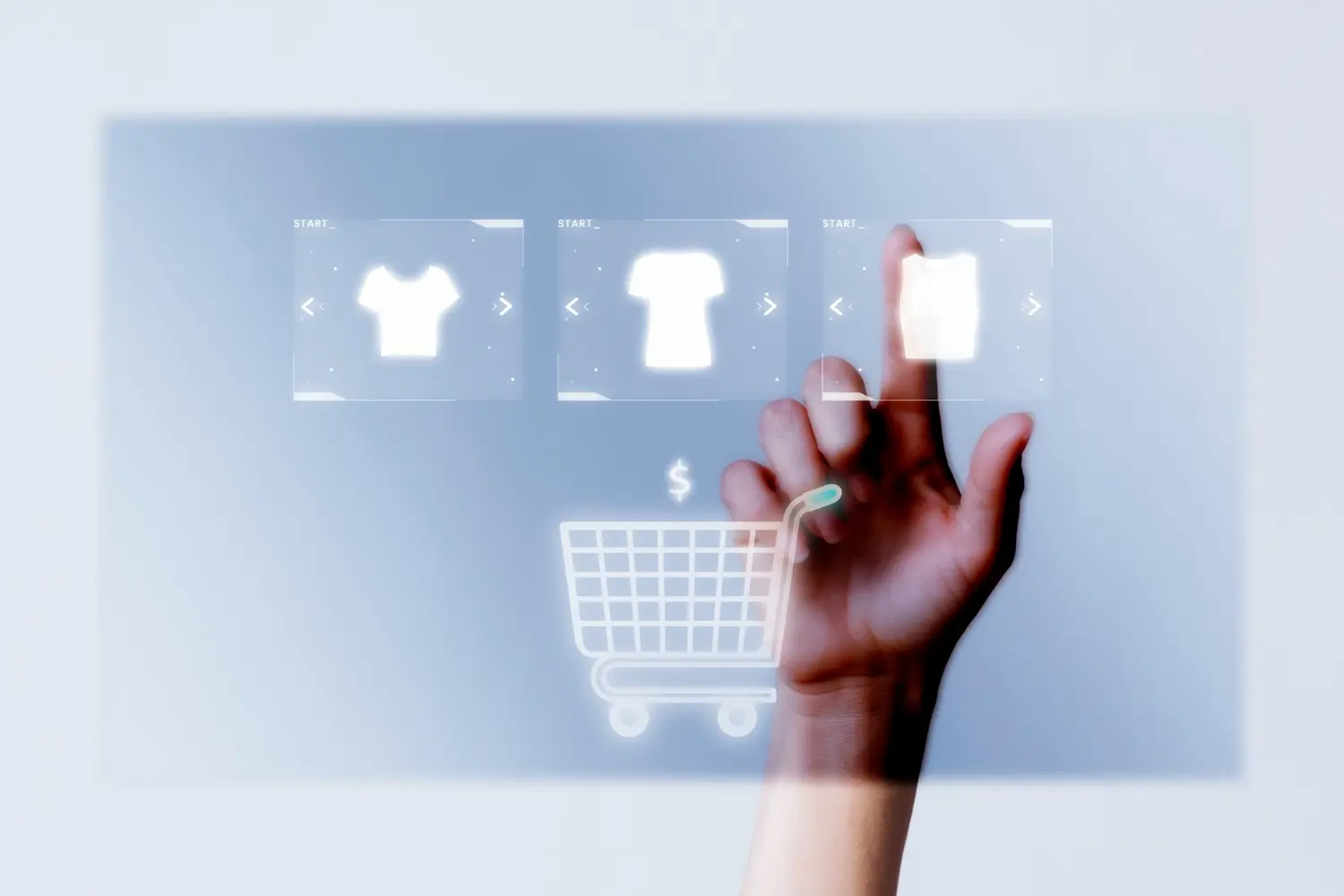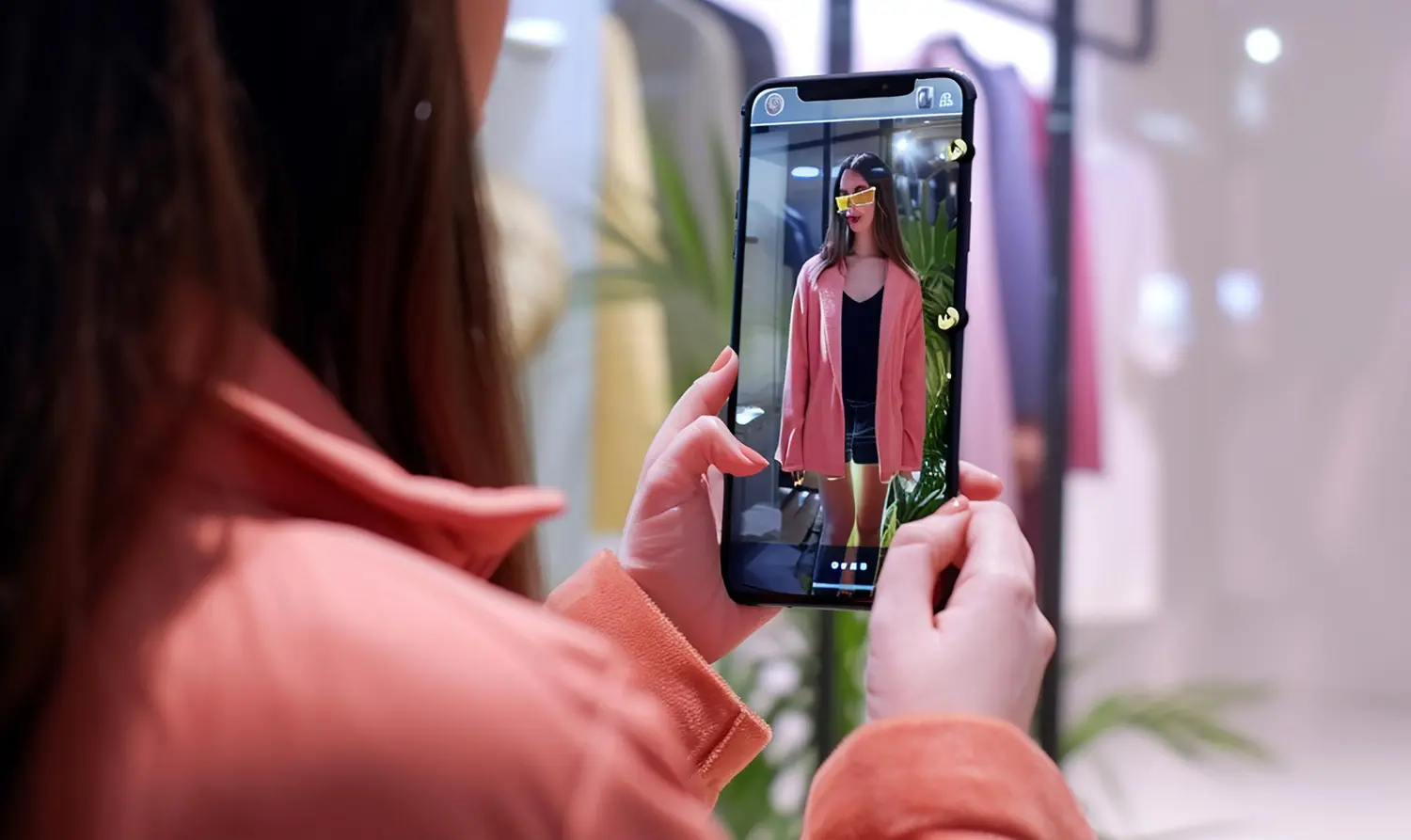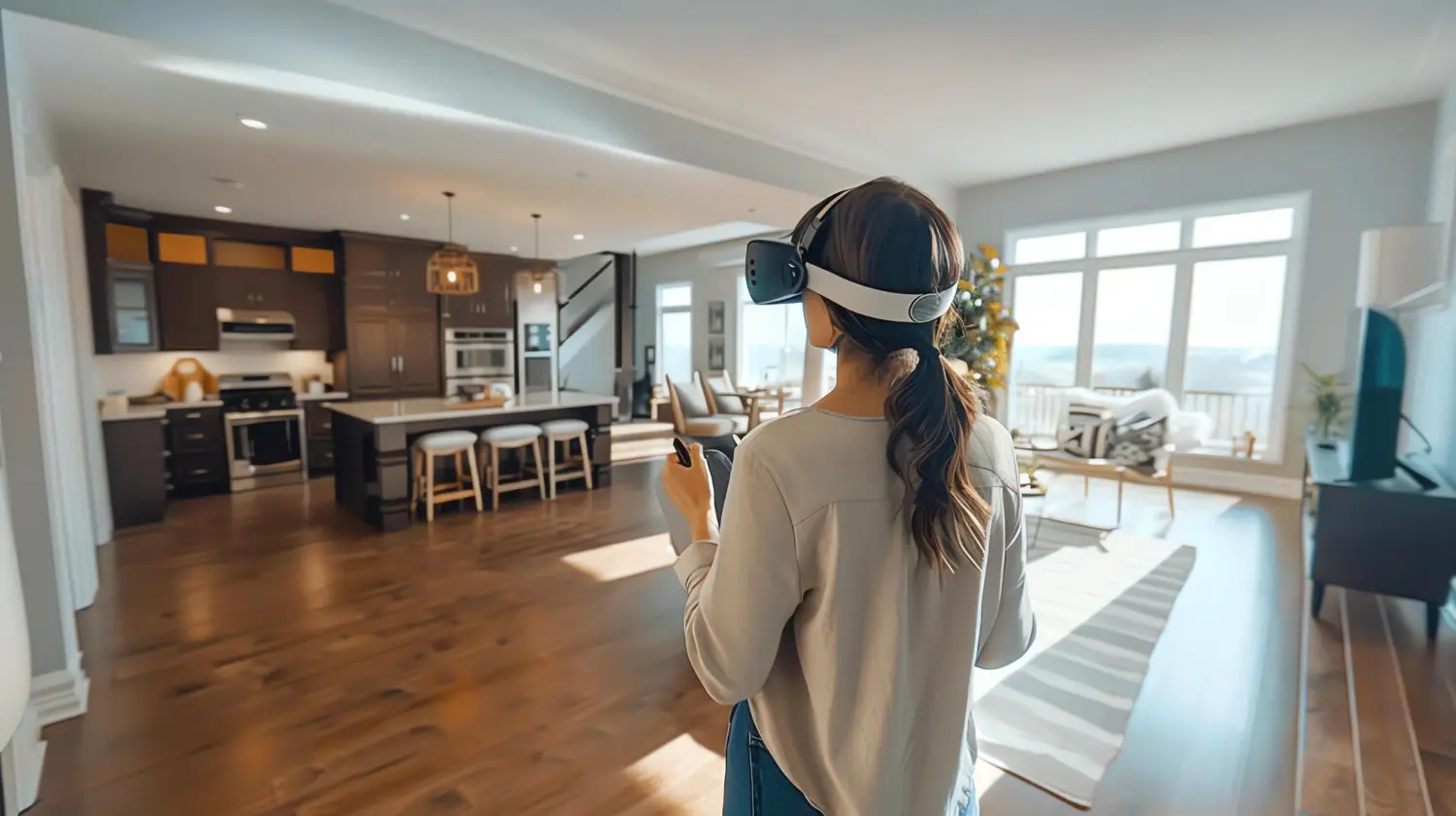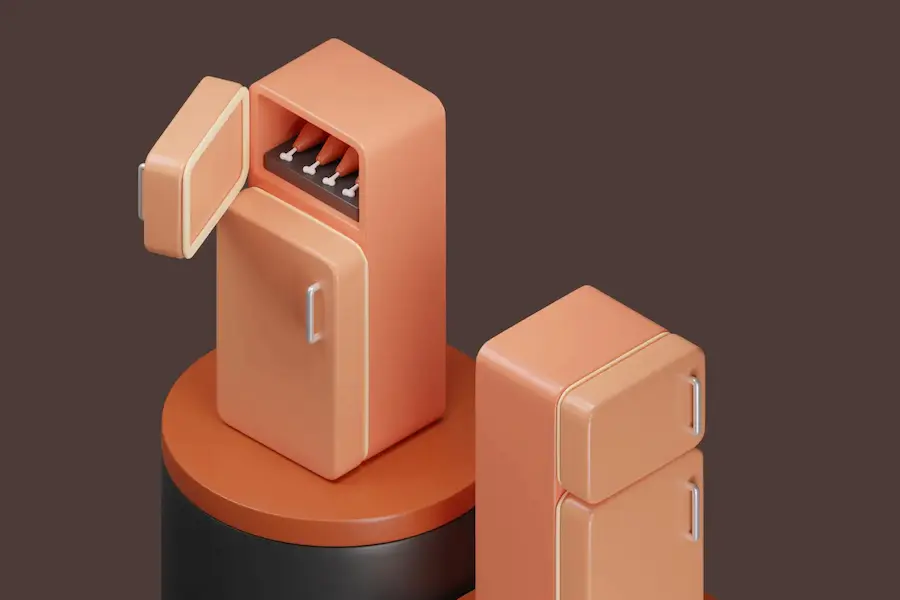What is visual configuration?
Visual configuration is a key tool in an effective visual CPQ solution. It lets customers see the products they are purchasing in a detailed and novel way. For example, if a customer wants a new, customized deck for their home, they can go to a construction company's webpage to design their ideal deck from scratch. They can enter dimensions, choose wood type, select railing styles, and more. As they make these selections, a visual representation of their deck is constantly updated in their web browser, showing their modifications. They can even compare options, such as dark wood versus light wood, and see the cost differences instantly. Using visual configuration tools, customers gain a better understanding and confidence in their purchasing choices.
Types of visual product configurators
Product configurators generally fall into one of two categories: 2D and 3D, based on the number of dimensions they allow users to view the product in. While both options are powerful, specific use cases can help you decide which is best for your product.
Static 2D visuals
Static 2D visuals provide a flat, non-interactive representation of a product. They showcase different color options, textures, or design variations. Customers can view static images to get an idea of how the product will look before making a purchase. While ideal for 2D objects, such as paintings or flooring, or when the quality of the product is not the focus, static 2D visuals have limited uses compared to their 3D counterparts.
Interactive 3D visuals
Interactive 3D visuals offer a more immersive experience. Users can manipulate the product, rotate it, zoom in, and explore different configurations. A 3D visual allows customers to experience product visualization in a way that is impossible with static 2D visuals. Interactive 3D visuals are best for more complex products, especially those affected by their setting and having numerous configuration options. Most modern visual configurators utilize 3D visuals.

How visual configuration works
Visual configuration tools use advanced technologies to transform complex design and architectural data into interactive 3D rendering projects. This process involves a couple of steps and programs to create a seamless and immersive experience for users.
Hollywood VFX technology
Products are transformed into flexible 3D assets using Hollywood VFX technology. These assets can then be used in order to:
- Produce web/mobile visual product configurators that show size, material, color, and accessory options from any angle.
- Replace expensive traditional photography with cheaper, on-demand virtual photography.
Unparalleled personalization
Customers can see details that are impossible to view outside of a showroom. They can visually configure, price, and quote with a visual CPQ solution. This allows for a personalized shopping experience where customers can inspect every aspect of a product in great detail.
Dynamic environments
Scene-based visualizers allow users to customize both the product and the environment they are seen in. For example, you could display:
- A pickup truck being showcased at the base of a snowy mountain.
- A dishwasher being showcased in a beautifully furnished kitchen.
Unreal Engine and WebGL: photorealistic 3D product configurators
Modern photorealistic 3D product configurators are built using Unreal Engine, a hollywood-level 3D creation tool. This technology allows you to showcase products with unparalleled levels of realism, detail, and immersion. Some product configurator tools still use WebGL. While still ideal for displaying 3D renders in a web browser, WebGL has less visual fidelity and is generally more dated than more current systems, like Unreal Engine.
Seamless integration
An effective 3D configurator integrates seamlessly into your existing tech stack. They connect to CRM systems, top eCommerce platforms like Shopify, Magento, and BigCommerce through flexible APIs. Customers can journey from rich, interactive 3D customization online into tailored calls-to-action and your preferred workflows. Custom product PDFs, spec sheets, and quotes are also automatically generated. This unified experience maximizes engagement and conversions.
Benefits of visual configuration for eCommerce
But what can visual configuration do for your eCommerce website? There are a few direct benefits of implementing the technology into your e-store.
-
Reduces buyer's remorse. Visual configuration reduces the chances of buyer's remorse by allowing customers to see exactly what they are buying. This detailed visualization helps customers make informed decisions and feel more confident about their purchases.

-
Increases conversion rates.
Visual configuration has a significant impact on conversion rates. When customers can visualize their customizations in real time, they are more likely to proceed with their purchase. This demonstrates the potential of visual configuration to increase conversion rates by providing a better buying experience.
-
Enhances sales and user experience.
Visual configuration tools like product visualizers can lead to more sales and a better user experience. Customers are more likely to purchase when they can see and interact with the product. This interactive experience can also lead to increased customer satisfaction and loyalty.
-
Provides accurate product visualization. With visual configuration, customers get an accurate representation of the product. This reduces the chances of misunderstandings or dissatisfaction with the final product. For businesses, this means fewer returns and exchanges, saving time and resources.
-
Supports complex customization. For products that require complex customization, such as cars, furniture, or industrial equipment, visual product configurators are essential. They allow customers to explore different configurations and see the impact of their choices in real time.
-
Promotes self-reflective learning paths. Most digital experiences make it easy for customers to make decisions, even if they are not fully informed. Sales tools often give simple recommendations that may not address the customer's real needs. To fix this, suppliers should create what are called “self-reflective learning paths”. These paths use both digital and human interactions to help customers understand their needs better. When customers follow these paths, they are 147% more likely to buy more than they planned. This approach encourages customers to think carefully and make better decisions.
Visual configuration trends
Modern trends in visual configuration focus on enhancing product visualization and customization. New technologies are making the shopping experience more immersive and personalized, significantly changing how customers interact with products online.
Virtual reality
Virtual reality allows people to experience products at realistic scales. It provides a highly immersive experience, though it can be expensive. Virtual reality is ideal for industries where seeing the product in a realistic environment is crucial, such as real estate or high-end retail.

Augmented reality
Augmented reality is more accessible and versatile, with most consumer phones enabling it in some form. Using augmented reality, customers can see how products look in their real environment. For example, they can see how a new car looks in their garage or how a cabinet fits in their bedroom. Augmented reality applications are becoming more common in eCommerce, offering a practical way for customers to visualize products in their own space.
Increased use of AI
Artificial intelligence is increasingly being integrated into visual configurators. AI can help suggest configurations based on customer preferences, making the process more intuitive and personalized.
Conclusion
Visual configuration is revolutionizing eCommerce. Tools like visual product configurators and product visualizers make shopping more interactive and satisfying. 3D Source empowers your business to create a user-friendly and future-proof online store. Discover how your website can benefit from visual product configuration today and contact us to modernize your webstore.






